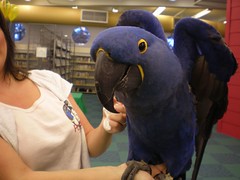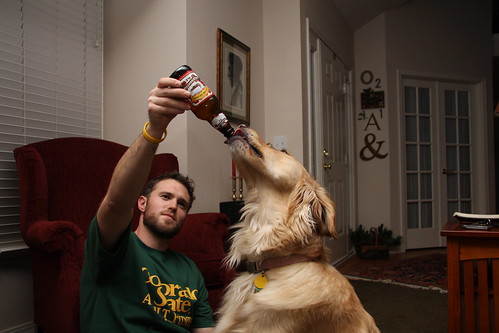I walked into my local pet superstore the other day to get some cat litter for our three lovely ladies. Holy cow! There is an entire aisle just for cat litter! Isn't cat litter supposed to be the easiest thing to purchase for your cat? It's just litter, right? Well, actually there are many different types of litter, and they all have a specific purpose.
The first type is the most common, clay litter. This is what almost everyone thinks of when someone mentions cat litter. It looks like tiny little rocks, and just as the name implies, is made up of ground up clay. It's very absorbant, and dominates the litter market. Even amongst the clay litters there is a great variety. Decoding the differences can help you make a better decision for you and your kitty.
Price is a great judge in the quality of the litter. The higher the price, generally, the less dust and the better the deodorizers that are used. Is one better then the other? Not really. I'll admit, the very low end litters can be a bit messy when you change the litter box and giant cloud of dust comes out of the bag. But your cat can likely not tell the difference. Most clay litter companies have come up with "multi-cat" versions of their litters. The only difference is the amount of deodorizers. I wouldn't spend a few extra bucks for multi-cat, but often times they are exactly the same price.
The second type of litter is clumping litter. Clumping litter is just like clay litter, except it has Sodium Bentonite added to it. This makes the clay stick together in clumps when it gets wet, how convenient! Now you can use a scoop and remove the waste on a daily basis instead of changing all the litter every couple of days. Clumping litter can be great, but sometimes it should not be used. One instance in particular is when a cat has recently been declawed, or has had any other surgery. Because clay litter clumps so well in moisture, it has a tendency to stick to fresh wounds. It sets up like concrete, which is great if your trying to remove liquid urine from your cat box, not so great if it adheres to your cat's sensitive stitches.
Price again, seems to be the best judge on quality for clumping litters. The higher the price, the finer the litter and the better it clumps. If you use an automatic litter box, that self cleans, you MUST use a high quality clumping litter. Anything less can damage the box's motor.
The third type is a paper or wood based litter. These are made from compressed pine or recycled newspaper. Some consider these a little more environmentally friendly, but what I like about them is their texture. These all come in the form of pellets, that are rather large compared to the tiny pieces of other types of litters. This makes them great for a recently declawed cat. The pellets are too large to get stuck in between the toes, and when they do break down they don't stick to anything. The are probably the worst for odor control, but hopefully it would only be used for a few weeks while your cat heals.
The fourth type is the silicone based litters. These look like little white balls. When they first appeared on the market they seemed like they were something designed by N.A.S.A. An entire bag usually only fills a small litter box about an inch deep, but the absorbancy of these pellets is amazing. You could fill your litter box with water, and within minutes, one bag would absorb every last drop of it. It sounds too good to be true, and it almost is. If all your cat did in the litter box was urinate, silicone based litters would be the perfect solution. However, they are not very good at dealing with solid waste. In my opinion they almost make the solid waste worse to clean up. However great they are in dealing with liquids, they are as equally bad in dealing with solids.
Don't be overwhelmed the next time you try to pick out the equivalent of your cat's toilet paper. Clay litters and clumping litters are the most common, and do the job quite well.
 Subscribe in a reader
Subscribe in a reader




